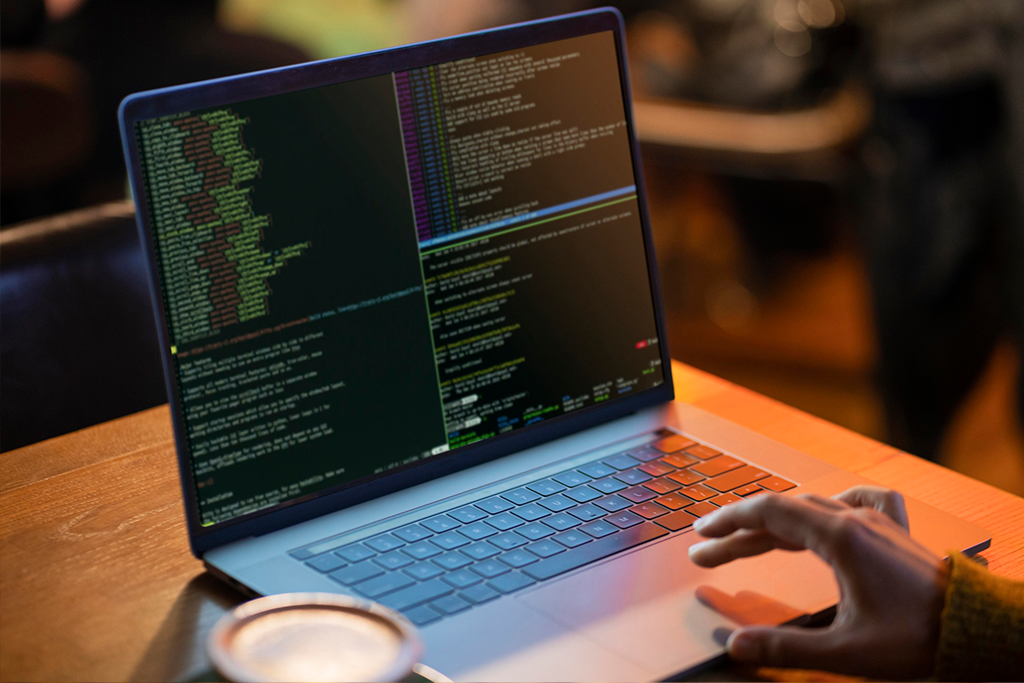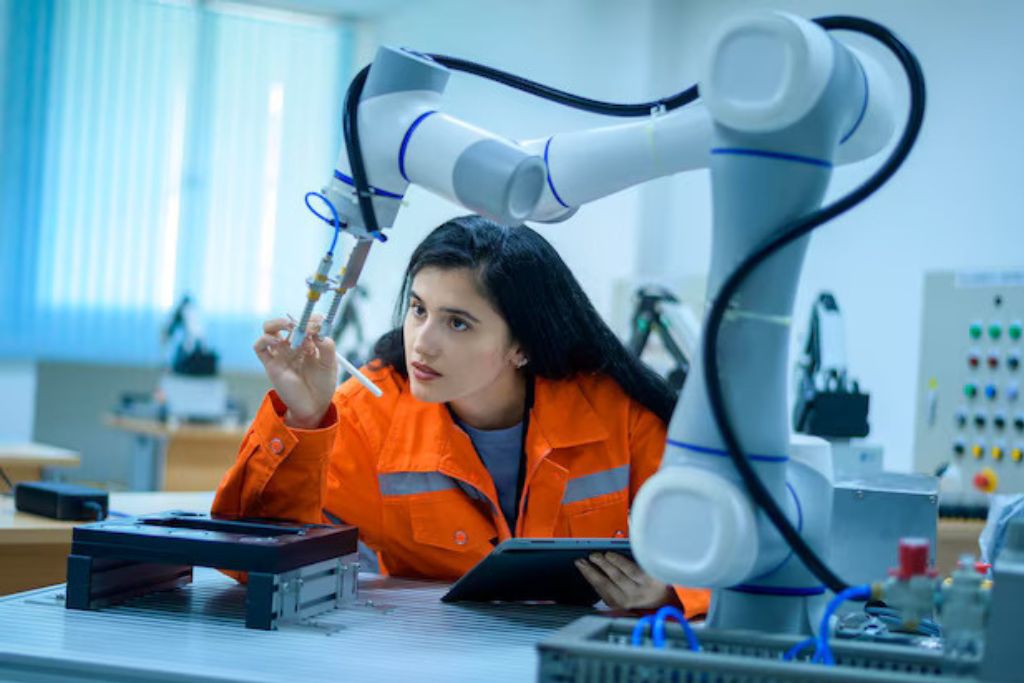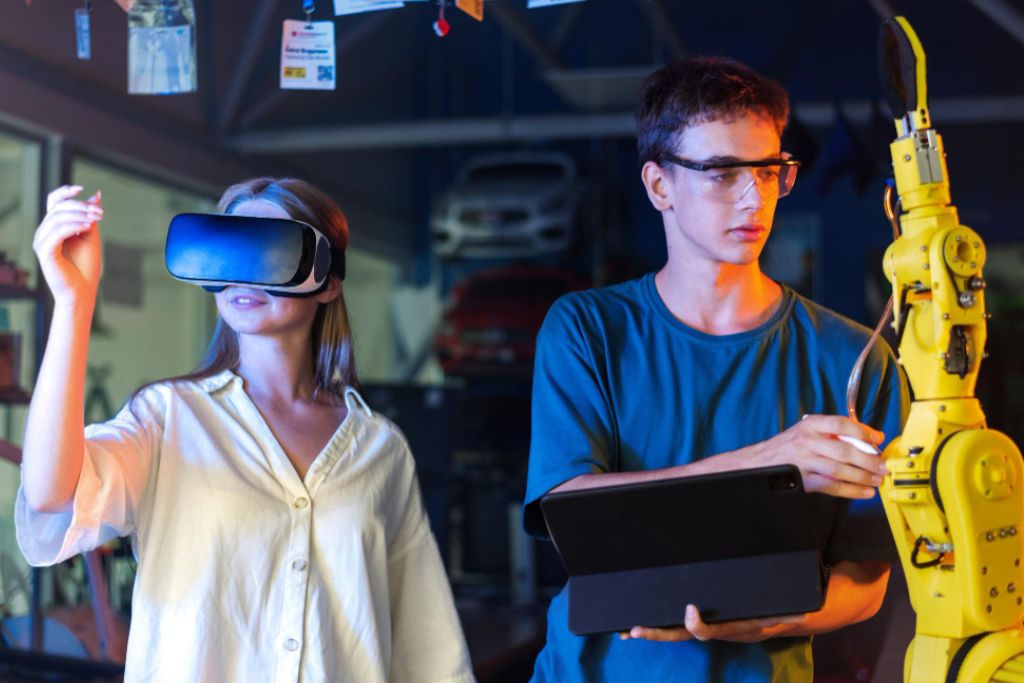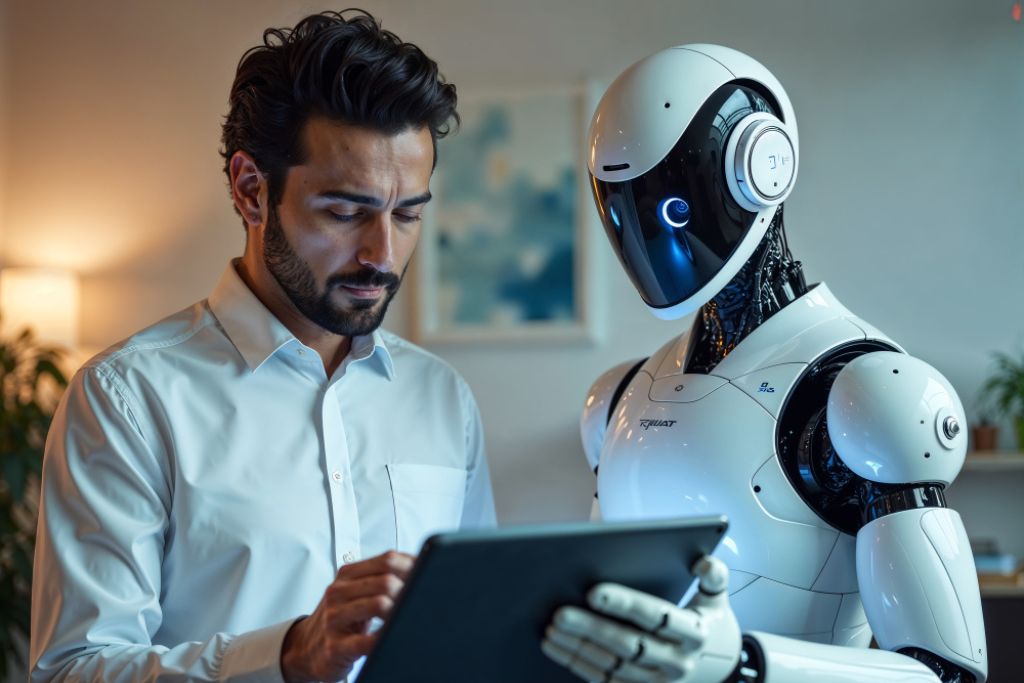The world of software engineering is undergoing a transformation, driven by artificial intelligence (AI). AI-powered tools are not just enhancing the way code is written—they’re reshaping how engineers approach problem-solving, creativity, and innovation. Yet, alongside this progress lies a critical challenge: the scaling limits of AI development itself. As we push AI to do more, bigger models and more data aren’t always the answer, forcing us to rethink strategies for growth and efficiency.
In this article, we’ll explore how AI is revolutionising software engineering towards AI Engineering while addressing the pressing challenges of scaling AI systems, which impact everything from infrastructure investments to the way developers work with AI.
Table of Contents

AI-Powered Coding Assistants for Developers
AI tools like GitHub Copilot and Replit are redefining how developers write and manage code. These assistants help programmers autocomplete code snippets, debug more efficiently, and even generate entire sections of functional code based on natural language input.
But they’re not just about convenience—they represent a fundamental shift in how engineers engage with their work. According to the Financial Times, AI-powered tools are transforming workflows by taking on repetitive and tedious tasks, freeing engineers to focus on innovation and creativity. This means fewer late nights stuck debugging and more time solving meaningful problems.
However, these advancements are not without challenges. As developers increasingly rely on AI systems, they face an emerging bottleneck: the computational and resource demands required to scale these tools effectively.
The Scaling Problem in AI Development
AI’s scaling law has long been a guiding principle: feed more data into larger models, and better performance follows. But recent research, as highlighted in the Financial Times, reveals this approach is hitting its limits. Simply making models bigger no longer guarantees meaningful gains in efficiency or capability.
The implications for software engineers are significant. AI development now requires rethinking how to optimise not just model performance but also the infrastructure supporting it. Building massive models like OpenAI’s GPT or Meta’s MTIA chips demands enormous computational power, data storage, and energy—raising concerns about sustainability and diminishing returns.
This “scaling bottleneck” challenges AI-driven tools like coding assistants to stay efficient and responsive. For developers, it also raises a critical question: How do we push forward without overloading the systems that power our innovations?
Featured Content
Download our latest Salary Guide 2025
AI Collaboration Among Software Engineers
As AI tools evolve, developers must embrace their role as collaborators rather than competitors. Just as calculators didn’t replace mathematicians, AI won’t replace engineers. It will, however, redefine what engineers focus on.
By handling the grunt work of software development – like boilerplate code, debugging, and documentation – AI allows engineers to tackle higher-order tasks. But scaling these AI systems requires smarter resource allocation and creative engineering solutions, not just more servers or bigger data centres.
One way forward is to develop AI models that are smaller but smarter. Techniques like distillation, sparsity, and task-specific optimisation are helping engineers build leaner systems without sacrificing quality. These strategies align perfectly with the needs of AI-powered tools in software engineering, which must remain fast, lightweight, and accessible.
Bridging the Skills Gap in a Changing Landscape
Scaling challenges also impact the accessibility of AI-powered tools. If engineers can’t rely on larger models to solve problems, they’ll need to develop more nuanced skills to make AI work efficiently. This shift underscores the need for ongoing upskilling in the developer community. We’ve seen a rise in developers becoming AI Engineers.
At the same time, AI is democratising access to software engineering, making it easier for newcomers to start coding. Tools like Copilot lower the barrier to entry, empowering more people to contribute to the tech industry. However, as the Financial Times notes, AI’s scaling limitations could create disparities in access if the resources to support these tools become more scarce or expensive.
For developers and businesses alike, finding the balance between efficiency and accessibility will be key. Smarter AI – not just bigger AI – will help bridge the gap.
A New Era for Engineering and AI
AI’s role in software engineering and the broader challenges of scaling development represent two sides of the same coin. As tools evolve to make coding faster and more intuitive, they also expose the underlying resource constraints of AI infrastructure. Addressing these issues requires innovation not only in how we build AI systems but also in how we use them.
The future of software engineering is a collaboration between humans and machines, and it’s an exciting one. With AI assisting in the craft of code and engineers driving innovation in AI scalability, we’re entering a new era where technology’s potential is bounded only by our creativity and resourcefulness.
Final Thoughts
AI tools in software engineering are powerful allies, but their effectiveness depends on how well we manage the challenges of scaling AI. Bigger models and more data won’t always solve the problem; smarter, more efficient approaches will.
As engineers, developers, and leaders in tech, our job is to innovate responsibly, crafting solutions that not only work for us but also for the systems and resources we depend on. By working smarter, not just bigger, we can create a future where AI enhances our work without overwhelming our world. And that’s a future worth building.
If you’re looking to scale your AI and hire Software Developers or AI Engineers, speak to us.






